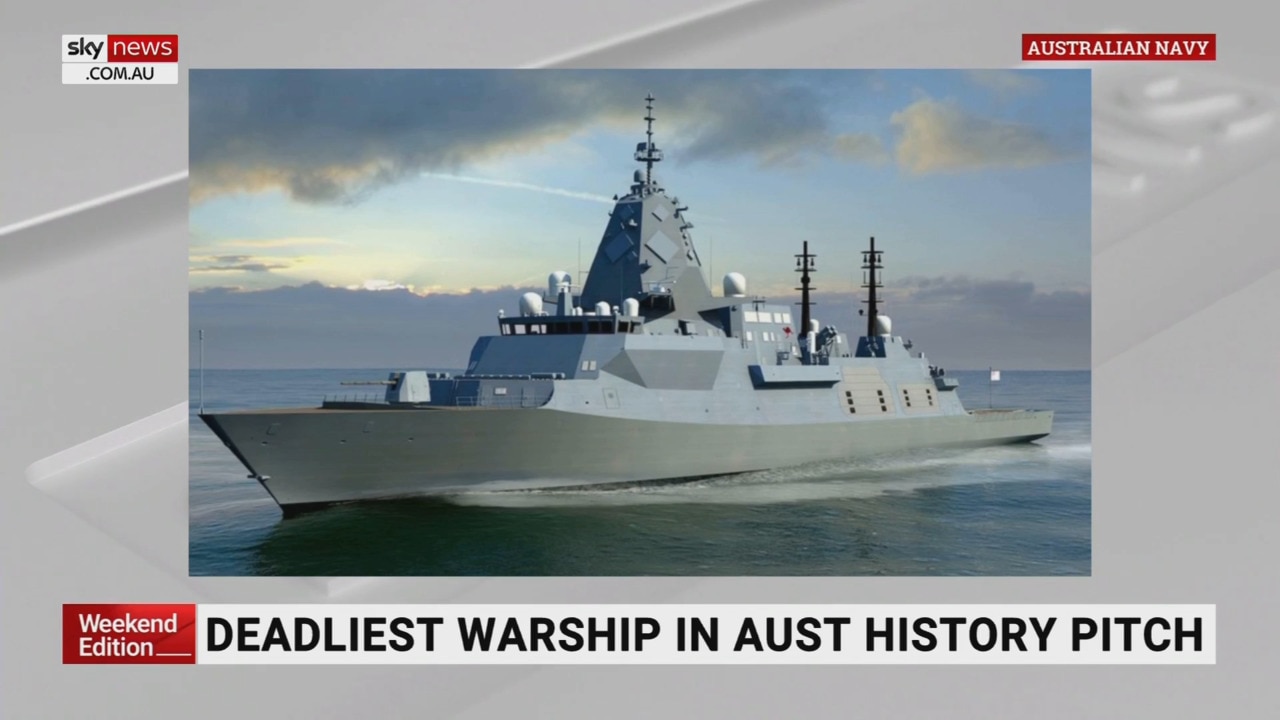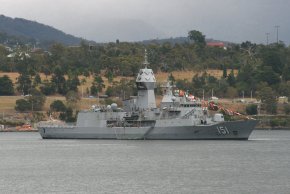I have a different view from many. Mine is based on constraints and how we plan to work with or around them.
Ships are a system of systems intended to deliver a required or needed capability, in conjunction with other systems of systems.
Most seem fixated on the platform and to a lesser degree, the number of platforms. The real issue is the combination of systems that deliver the capability.
The most difficult part is designing, developing and integrating systems, in comparison, the platform is comparatively easy. For the platform you need a competent team to design, build and deliver an appropriate "platform system" to reliably get the other systems where they need to go, then home again.
There is an obsession with restricting size and weight, to the degree that combat capability is compromised because there is insufficient volume, power, cooling etc. to deliver the required capability.
This is why many on here are opposed to corvettes, they rightly point out that a larger platform will be longer ranged at higher speed and more survivable. My argument is that in the near term there is a constraint derived from time, contractual obligations, production capacity and crewing that may make the corvette a good enough option that can be delivered in time, verses a better solution that almost definately cannot.
The "good enough, that can be delivered in time" is also where we are with Hunter, while LOTE is the only feasible option remaining on submarines, after all others timed out. Ideally Hunter should have had a new platform design but the demand was SEA 4000 should shoehorn everything required into an existing design, Type 26 was the largest, most modern and most flexible option. It is now apparent that this wasn't the best way forward but it's what we have and any change will result in an intolerable capability gap.
The Hobart's are too small and too lacking in capability, with very limited capacity to be upgraded. Six or twelve of them would have been great, we built three. This is why the Hunters have AEGIS and a medium sized VLS, we needed high end ASW to fill a gap that has been growing for decades, but it was also seen that air and missile defence was a growing deficit. This is why the RAN wanted 10000t plus multirole destroyers with AEGIS and a strategic length VLS, but they got Hunters.
There are two ways to go in developing capability, sufficient numbers of networked good enough, or sufficient numbers of networked best you can get.



